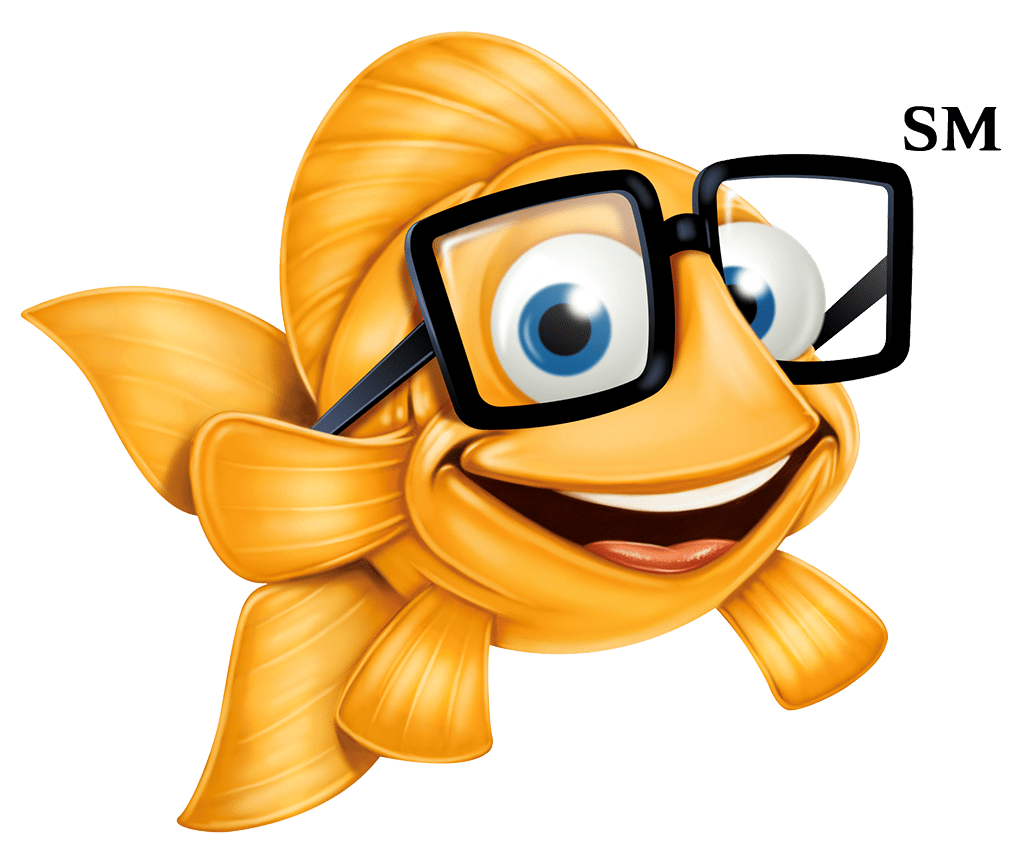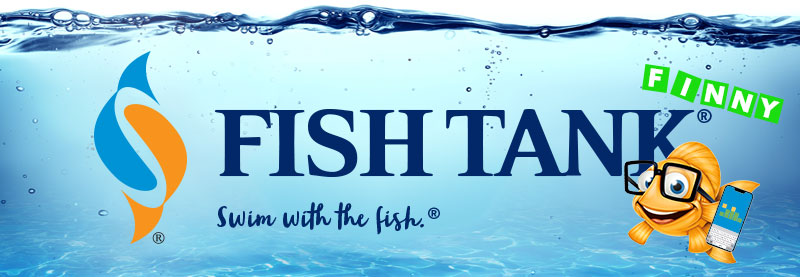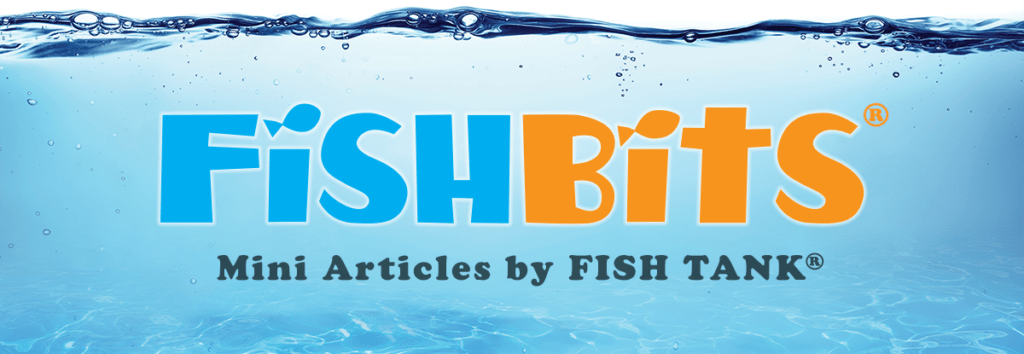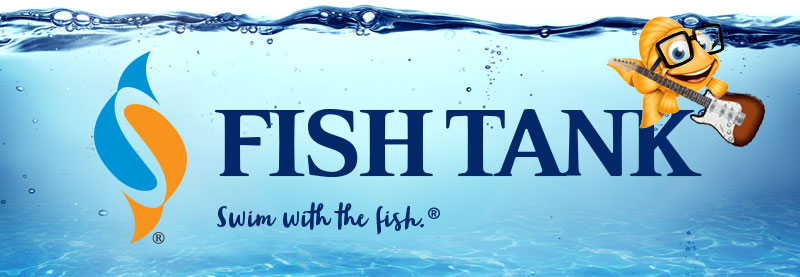Intellectual Property Insights from Fishman Stewart PLLC
Newsletter – Volume 22, Issue 11
Share on Social

April Showers Bring May Plant Patents
By Melissa M. Chapman
The spring season brings us flower beds full of fresh blooms the likes of tulips and daffodils. In the coming weeks and months, we will see even more flowers come to life and vegetable and fruit plants will begin producing crops. While admiring a flourishing garden, you may have wondered if a plant can be patented. The surprising answer is yes!
The United States Patent and Trademark Office began granting plant patents in the 1930s. A plant patent may be granted to an inventor who created a new variety of plant through asexual reproduction. Asexual reproduction means that the plant is reproduced by means other than through seeds. If granted, a plant patent provides protection for twenty years from the date of filing a patent application, providing the right to exclude others from asexually reproducing the plant, selling or using the plant, and importing the plant into the United States.
The first plant patent was for a rose variety, granted on August 18, 1931. Characterized for its champagne-colored blooms, and climbing and everblooming habit, the “New Dawn Rose” continues to be extremely popular. Though this particular patent has since expired, rose varieties continue to be one of the largest categories of plant patents. In fact, nearly half of all plant patents granted between 1931 and 1970 were for roses, and they continue to make up a large percentage of the granted plant patents today.
One of the most popular plants having a patent is the Hass Avocado. Patented in 1935 by Rudolph Hass, the Hass Avocado was one of the first fruits for which a plant patent was granted. Made from a gardening mistake and descending from a single tree in Rudolph Hass’ front yard, the Hass Avocado is known for its dark green and bumpy skin. It has become the most popular variety of avocado in the U.S. due to its long shelf life and high oil content, accounting for nearly 95% of the domestic avocado market.
In 2016, the patent office granted its first plant patent to a cannabis plant named Ecuadorian Sativa. Since then, only a small number of cannabis plants have been patented. However, with the increased focus on the legalization of cannabis, it should come as no surprise that the number of applications filed for cannabis plant patents continues to grow.
The next time you admire a garden or visit a nursery, you may wonder if the plants you have your eyes on have been granted patents from the United States Patent and Trademark Office.
Published May 27, 2022

Pleading and Proving a Trade Secret Case
Related Content from Fishman Stewart
Car enthusiasts are buzzing about Alfa Romeo's latest SUV which is also its first EV (plus a hybrid option). Initially branded as “Milano,” the name was changed to "Junior" after it was announced that the car would be produced in Poland.
The online word game Wordle was created in 2021 by Josh Wardle and quickly rose in popularity. Players receive a new puzzle daily with six chances to correctly guess a five-letter word of the day with limited clues.
In a recent decision, the U.S. Court of Appeal for the Eighth Circuit affirmed a jury verdict holding that the use of the "Success Kid" meme by a congressman's reelection campaign for fundraising purposes did not qualify as fair use.
In February 2024, proposed legislation was introduced in US House of Representatives which would extend copyright protection to golf courses. The bill is titled “Bolstering Intellectual Rights against Digital Infringement Enhancement Act” or the “BIRDIE Act”.
OpenAI recently held a live demonstration of a new ChatGPT version that included the use of an AI personal assistant voice dubbed “Sky.” Many observers compared Sky to Scarlett Johansson’s voice in the 2013 Spike Jonze romantic sci-fi film “Her,” which centers on a man who falls in love with the female voice of his computer’s operating system.
June is Pride Month, which honors the 1969 Stonewall Uprising in Manhattan and recognizes the impact that lesbian, gay, bisexual, and transgender (LGBTQ+) individuals have had on history locally, nationally, and internationally. The United States Patent and Trademark Office flies the Pride Flag and promotes the Pride community’s contributions with programming offered annually.
First-time inventions have led inventors to great successes throughout history, sometimes immediately, sometimes after several more attempts at more useful inventions. In the U.S., two very famous inventors with contrasting first-time experiences are Thomas Edison and Alexander Graham Bell.
June is Pride Month. This year we are celebrating with some IP tips for drag performers! Drag performers can protect their intellectual property by registering the copyrights in their original works of music, choreography, and comedy sketches.
Bands often start out as creative endeavors among friends, and bands may not prove lucrative for many years, if at all. Until bands break up, thought and planning may not be given to who is the owner of the band names and entitled to use them going forward.
You’re rarely more than a few yards from Finny’s favorite chips, semiconductor chips to be precise. But what exactly is a semiconductor chip?
IDENTIFYING, SECURING AND ADVANCING CREATIVITY®

















